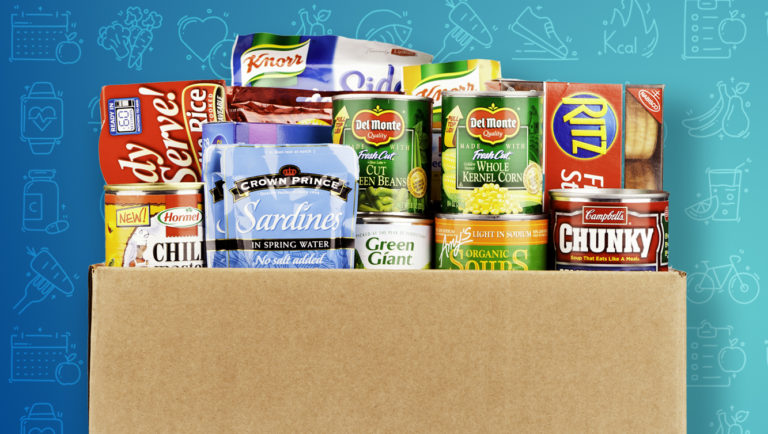Readiness

Before your SBHC addresses food security as a social influencer of health for students and their families, it is essential to consider both readiness and resources.
It is critical to have buy-in at multiple levels of your organization to ensure sustainability. As you consider your SBHC’s readiness to embark on a food security initiative, be mindful of the following:
- Does addressing food security align with other organizational goals and priorities?
– Perhaps your SBHC aims to improve a specific health outcome or engage more students in preventative care. Think strategically about how improving access to and consumption of healthy foods may help to achieve these broader goals. Communicate to organizational leadership how healthy food access can support other goals or activities of the SBHC. Identify how you will measure the success of a food security intervention and what data will be needed to communicate success. - What is the capacity for addressing food insecurity within your SBHC services, and how could this initiative impact your operations?
– It is essential to consider not only buy-in from leadership but also from all SBHC staff that may be involved in a food security initiative. Engage early and often to get feedback, hear concerns and identify opportunities within existing processes. For example, how will this screening and referral process integrate with existing workflows? What training will be needed? - Finally, recognition that the process of assessing readiness and building that infrastructure of support will take time.SBHC
Assessing community assets and needs related to food access is another critical step before moving forward with a food security initiative. Mapping existing resources and potential partners that support families in food access can help reduce capacity burdens on the SBHC staff. More information about potential partners and partner development can be found in Section 5 of this toolkit.

- Asset mapping resources link
- Community Toolbox Defining and Analyzing the Problem
- Community Clinical Linkages for the Prevention and Control of Chronic Diseases
- Once you have compiled a map or inventory of partners and resources, consider
– How might your SBHC support connections to these existing resources - What is the capacity of the SBHC and staff to address gaps in food access?
– A range of possibilities from screening and referral to onsite food support is possible. Examples of different models are discussed in more detail in section 4 of this toolkit. Consider what is feasible in your SBHC and start there. - How are you involving students and families in the needs assessment and planning process? How might your food access initiative be informed and led by the community? How will you plan for continued engagement, feedback gathering and program adjustments?
Feedback from the Field
“Gather important survey data from school families, which is essential to informing the program design.”
2022 SBHC Learning Network member
“I think school-based health centers that don't have like a formal food security program, it's just a lot of infrastructure that needs built up and a lot of conversations to be had.”
2022 SBHC Learning Network member
“Partnership is key. Each of our partner schools has additional community organizations they collaborate with to provide services to students. Creating partnership of our own with those community organizations has been vital to the planning process.” “Explore what food programming and organizations already exist in your community for potential partnerships and resources.”
2022 SBHC Learning Network member
“The school-based health center is a good partner for many food security organizations in the community. We have found that many organizations have resources but have trouble connecting them to individuals in need. We provide a solution to this ‘last mile problem.”
2022 Learning Network Feedback for Success





